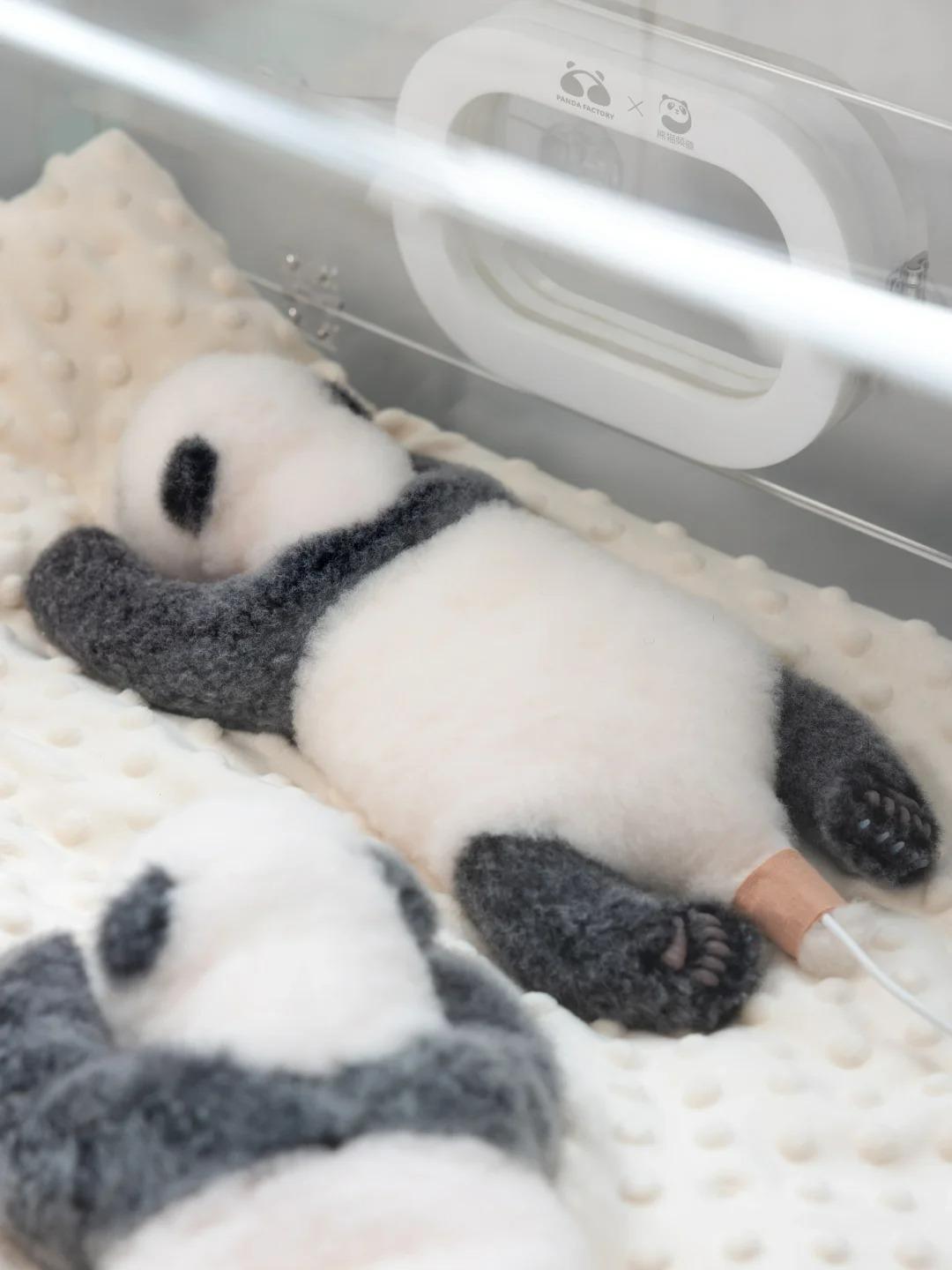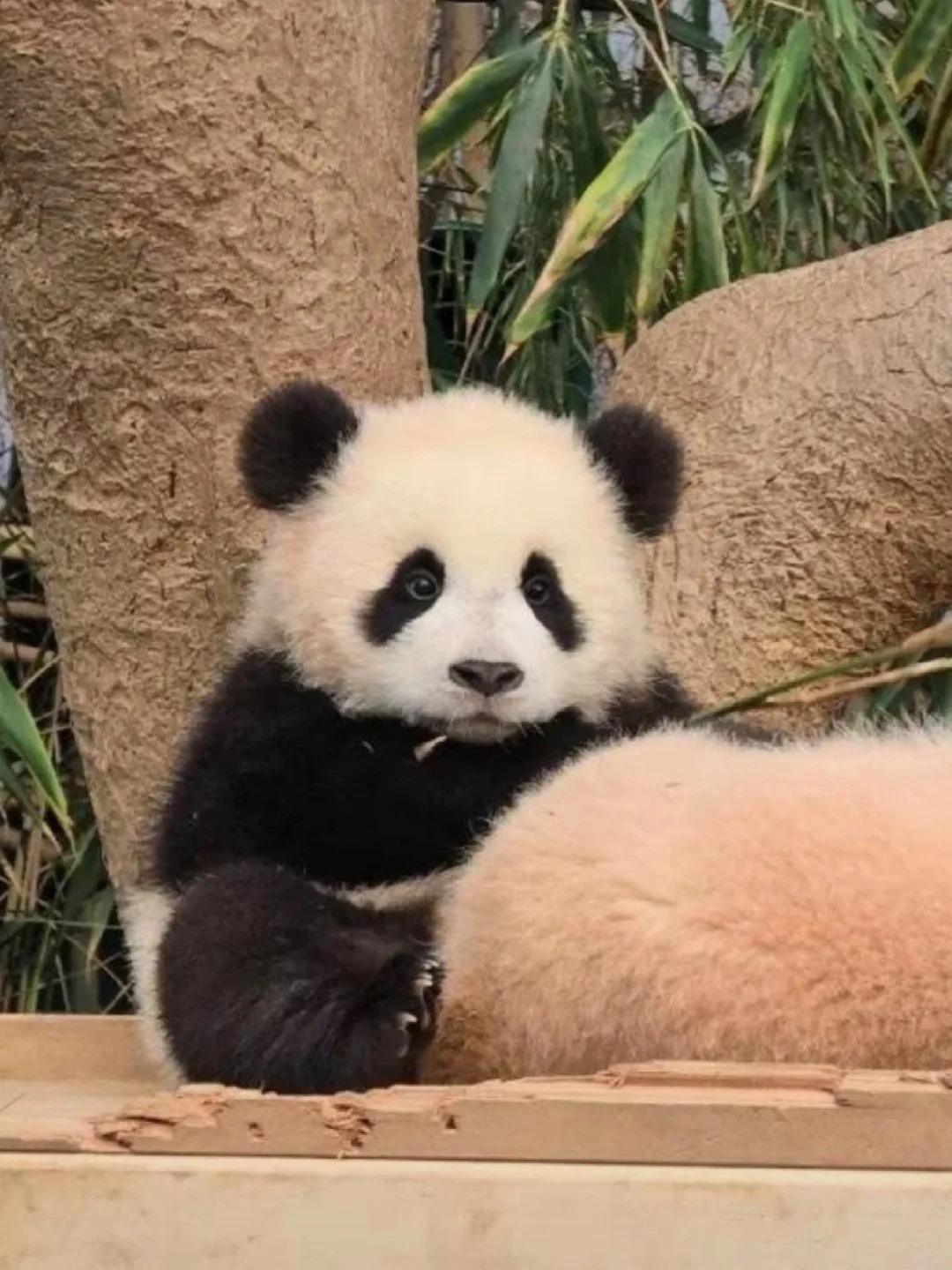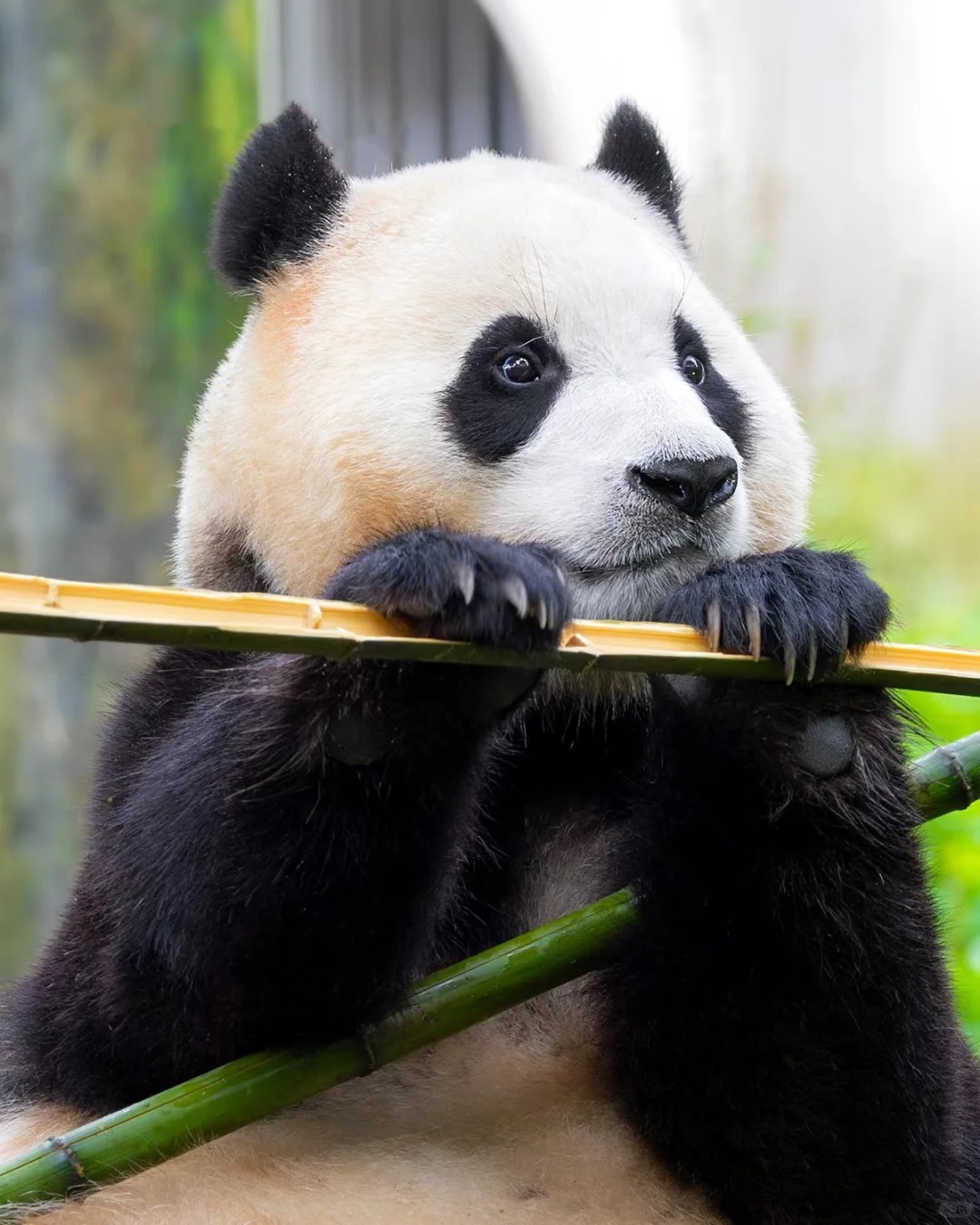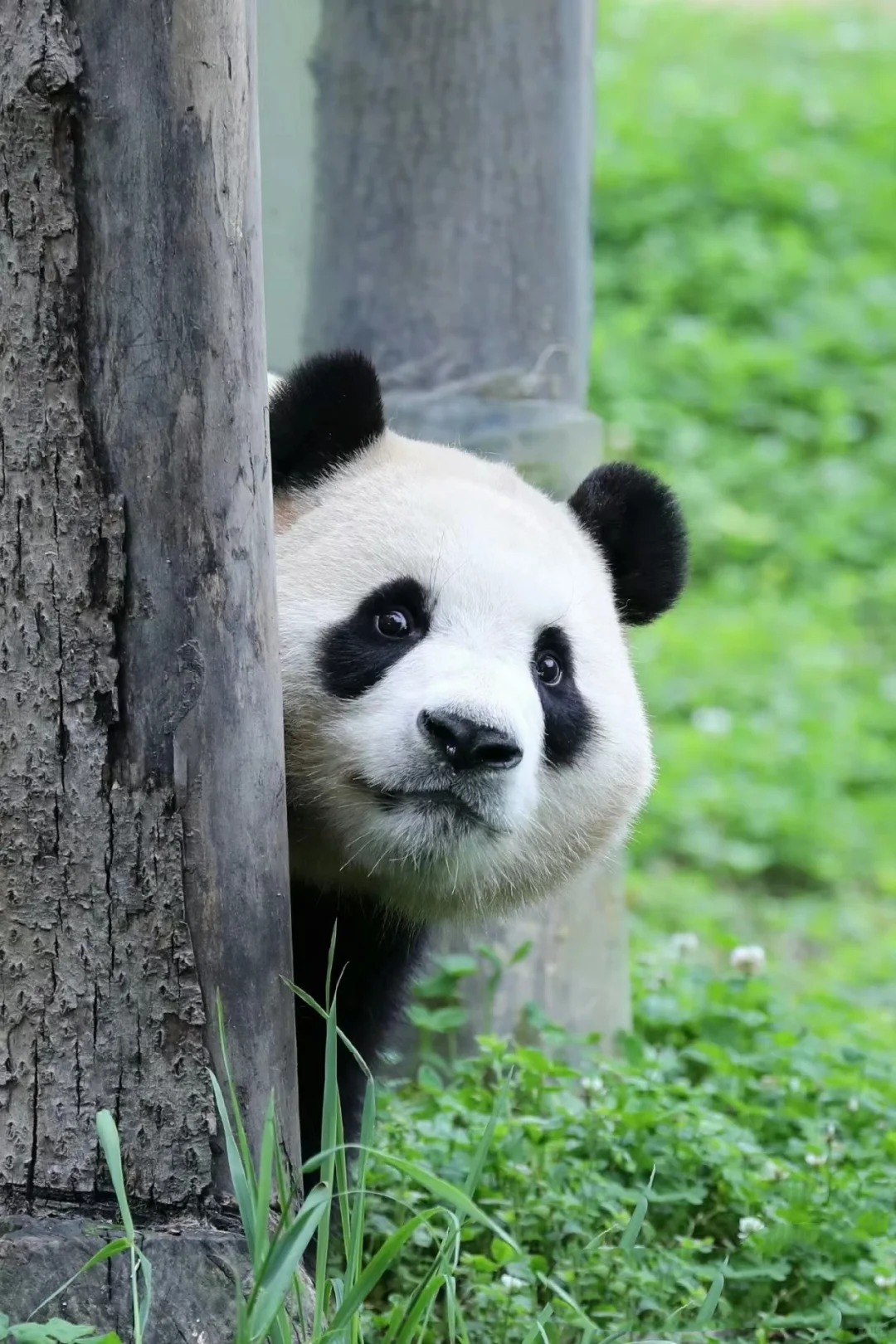Introduction to Baby Pandas
Giant pandas, with their distinctive black and white fur, have long captured the hearts of people worldwide. Once critically endangered, these beloved bears have become a symbol of conservation success. The birth of a panda cub, whether in captivity or the wild, is a cause for celebration, marking a vital step in the ongoing efforts to preserve this iconic species.

Panda Cubs: From Birth to Early Development
Newborn pandas are a marvel of nature:
- Weighing only 90-130 grams at birth (about the size of a stick of butter)
- Pink, hairless, and blind
- Entirely dependent on their mothers
| Age | Milestone |
|---|---|
| 1-2 weeks | Black and white fur begins to appear |
| 6-8 weeks | Eyes open |
| 5-6 months | Begin eating bamboo |
| 18 months | Fully weaned |
The survival of panda cubs is fraught with challenges. In the wild, mothers often care for only one cub, abandoning the other if twins are born. In captivity, keepers have developed innovative techniques to ensure the survival of both cubs by alternating their time with the mother.

Famous Panda Breeding Centers in China
Chengdu Research Base of Giant Panda Breeding
Located in Sichuan Province, this center is renowned for its successful breeding program and educational facilities. Visitors can observe pandas of all ages, from newborns to adults, in naturalistic enclosures.
Bifengxia Panda Base
This newer facility, also in Sichuan, offers a more secluded experience. It’s famous for its role in caring for pandas displaced by the 2008 Wenchuan earthquake.
Wolong Panda Center
Part of the Wolong National Nature Reserve, this center focuses on breeding and preparing pandas for release into the wild. While less accessible to tourists, it plays a crucial role in conservation efforts.

The Journey of a Panda Cub
A panda cub’s journey from birth to adulthood is a carefully monitored process:
- Infancy (0-6 months): Constant care and monitoring
- Early Independence (6-18 months): Learning to eat bamboo and climb
- Juvenile Stage (18 months-4 years): Developing social skills
- Adulthood (4+ years): Potential candidates for breeding or release programs caretakers play a vital role, acting as surrogate mothers when necessary and providing medical care and socialization.

Conservation Efforts and Global Cooperation
Panda conservation is a global effort:
- International breeding programs in zoos worldwide
- Reintroduction efforts in China’s bamboo forests
- Research collaborations between Chinese and international scientists
These efforts have led to the giant panda being downgraded from “endangered” to “vulnerable” on the IUCN Red List in 2016.

Visiting Baby Pandas: A Traveler’s Guide
For the best chance to see panda cubs:
- Visit between September and December, when most births occur
- Book in advance, especially during peak seasons
- Respect viewing distance guidelines and avoid flash photography
- Consider special programs like the “panda keeper for a day” experience
Photography Tips:
- Use a zoom lens to capture details without disturbing the pandas
- Be patient and observe quietly for natural behaviors
- Early morning visits often yield the best photo opportunities

The Impact of Panda Tourism
Panda tourism has significantly impacted local communities and conservation efforts:
Positive Impacts:
- Economic boost for regions hosting panda centers
- Increased global awareness of conservation needs
- Funding for research and breeding programs
Challenges:
- Balancing tourism with panda welfare
- Managing visitor expectations and behavior

Responsible tourism practices are crucial to ensure that panda viewing remains a positive experience for both visitors and the pandas themselves.
Baby pandas represent hope for the future of their species. As travelers, we have the unique opportunity to witness these incredible animals up close, contributing to their conservation through our interest and support. By approaching panda tourism with respect and mindfulness, we can play a part in ensuring that future generations will continue to be enchanted by these beloved black and white bears.






